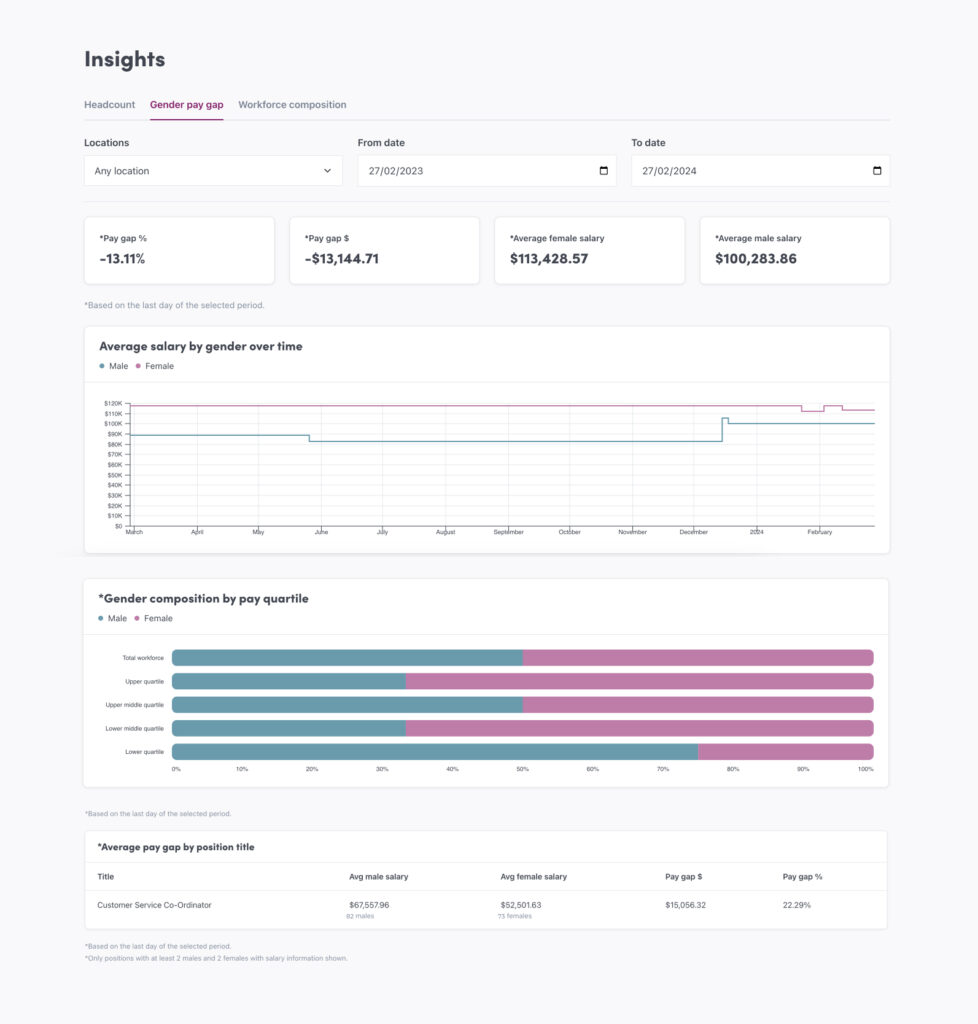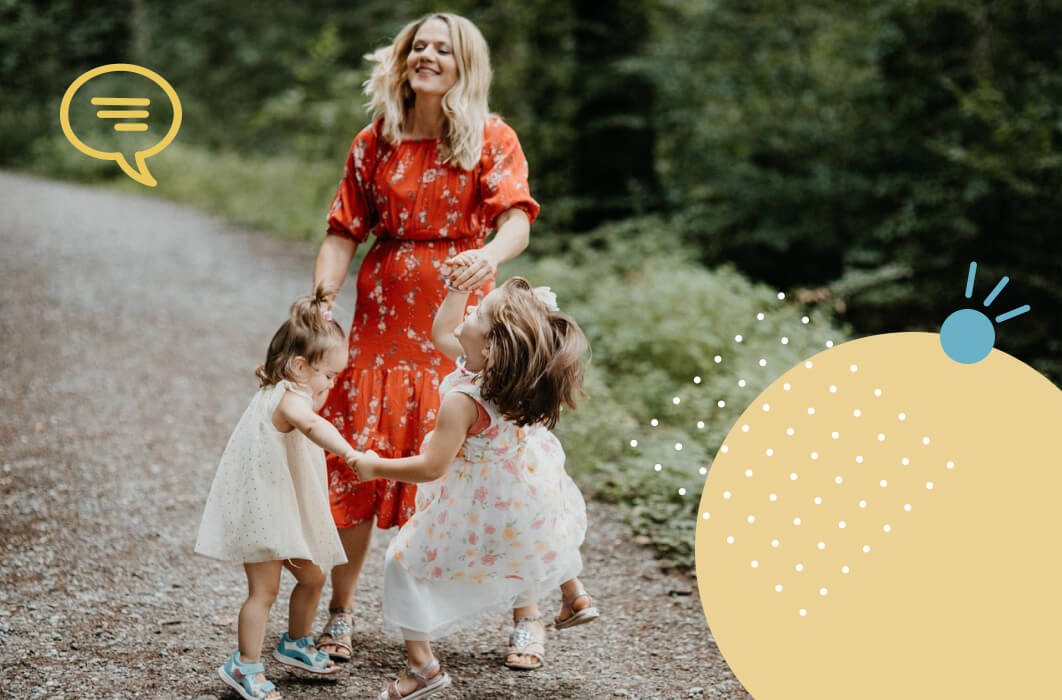Every Australian private company with 100 employees or more recently reported their gender pay gaps , with the national gap for total remuneration sitting at 19 per cent, according to the new data from the Workplace Gender Equality Agency. This means pay structure often favour men.
That means many businesses have some diversity issues that need addressing – See how Worknice can help
While the WGEA has been publishing top-level gender pay gap data for nearly 10 years, this is designed to add more comprehensive data to provide another level of transparency. This year, the WGEA has published gender pay gaps (as mandatorily reported by the companies themselves) designed to highlight which companies’ gaps are closing, widening, and why.
WGEA chief executive Mary Wooldridge says, “We feel this really arms employees, consumers, investors and other stakeholders with the information about their company … to help motivate that change,” she says.
“It’s very much about measuring and publishing that … but also supporting employers to understand the importance of gender equality and implement the plan for change.”
How is the WGEA pay gap measured?
Companies are reporting two sets of pay-gap figures.
The first is the median gap in base salary, excluding super, bonuses, overtime and other employee payments. Part-time and casual salaries have been converted into annualised full-time equivalent salaries.
The second is the median gap in total remuneration, which includes salary and all the other employee payments.
It needs to be clearly stated that these figures are the difference in the median ie not like for like roles.
While the average pay gap is calculated by dividing total employee earnings by the number of employees in the cohort, the median earnings are calculated by listing all employees’ pay in ascending or descending order, and then comparing the middle earner’s pay across male and female cohorts.
Looking at the company-specific data, the WGEA says employers with pay gaps above 5 per cent have pay structures that favour men.
How Worknice can help companies improve their gender pay gap in 2024?
The obvious response here is to “pay females more money”. But that isn’t necessarily the solution, as it may be that women just aren’t being promoted to higher paying positions, for example. Or there may be other reasons. Getting to the bottom of those reasons to then take targeted action makes sense.
Unify your people data
Multiple spreadsheets, discrepancy in data, limited access to systems to gain required data. These are all complaints of anyone trying to compile the required information for WGEA reporting.
Unifying your people data into a single location means you can reliably report on your WGEA data.
Properly unifying your people data requires an open platform approach to your HR tech stack, so different apps can be integrated and the data consolidated against people profiles reliably. Worknice offers an open platform that achieves consolidation of the data you need to generate WGEA reports.
Understanding your pay gap – all the time
Reporting your organisations WGEA data is time consuming, and for that reason it often only gets reported on once per year. And that doesn’t allow organisations to track their progress between these 12 month intervals.
Create reports that update live as your employees are promoted, hired or terminated. For example, Worknice offers an insights solution that allows Australian businesses to measure their gender pay gap throughout the year, and communicate this to hiring managers throughout the business.
Analysing the insights
The pay gap report below shows that, in this sample business, the pay gap is -13.11%, meaning the pay structure favours women (rare!).
But why is this the case? Well, we can see by the Gender composition by pay quartile, a higher percentage of women are holding the executive level jobs. It isn’t likely they are being paid unfairly more than equally positioned male colleagues.
The HR team could deduce that they need to consider diversifying their executive and upper management teams to balance the pay gap.

Communicating pay gap to hiring managers or people of influence
What doesn’t get measured, doesn’t get managed. This is the old saying, but what doesn’t get communicated, doesn’t get done. If hiring managers or people of influence in the business are not aware of the pay gap and your targets to balance the pay gap, it is likely that organisations will fall short of their targets.
Communicating your pay gap at the right time, to the right people can be achieved in software applications like Worknice.
Discover Worknice Insights today
Talk to us about your plans and discover how Worknice can help you build a diverse & high performing company.



